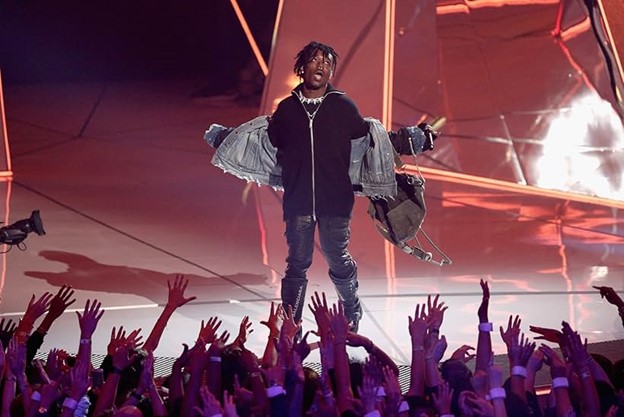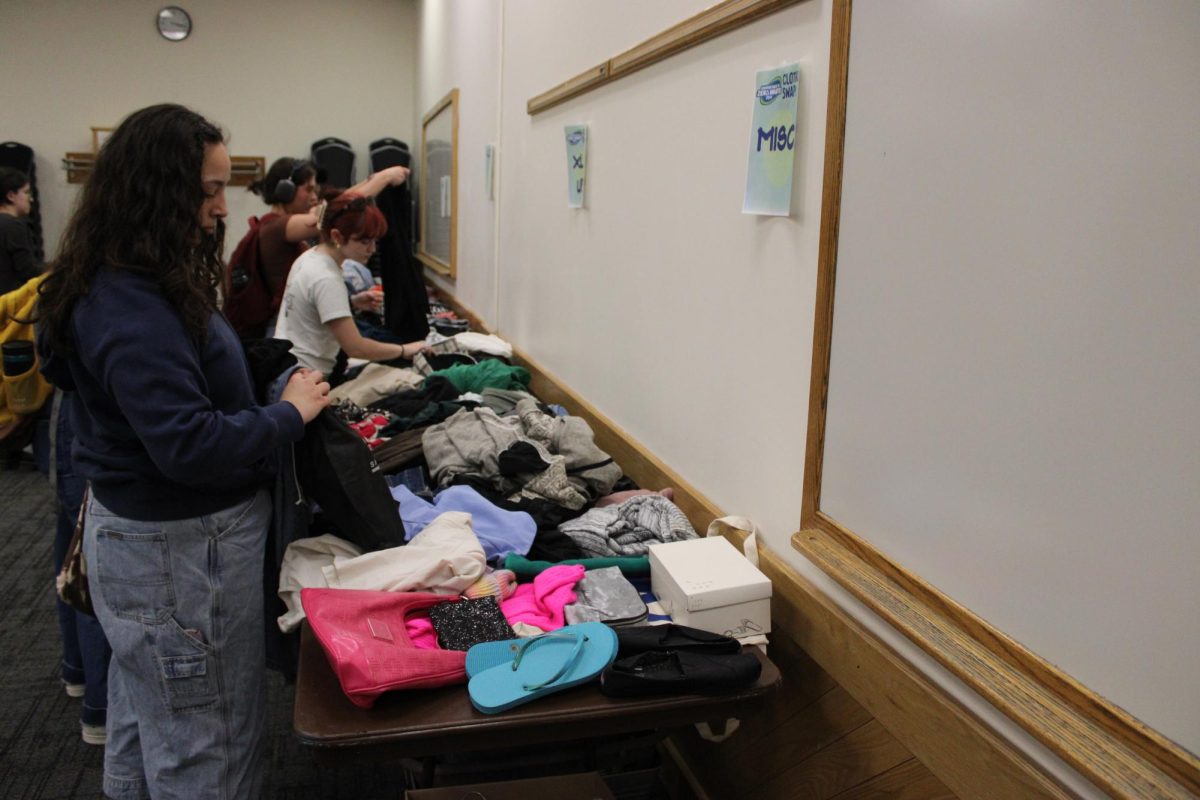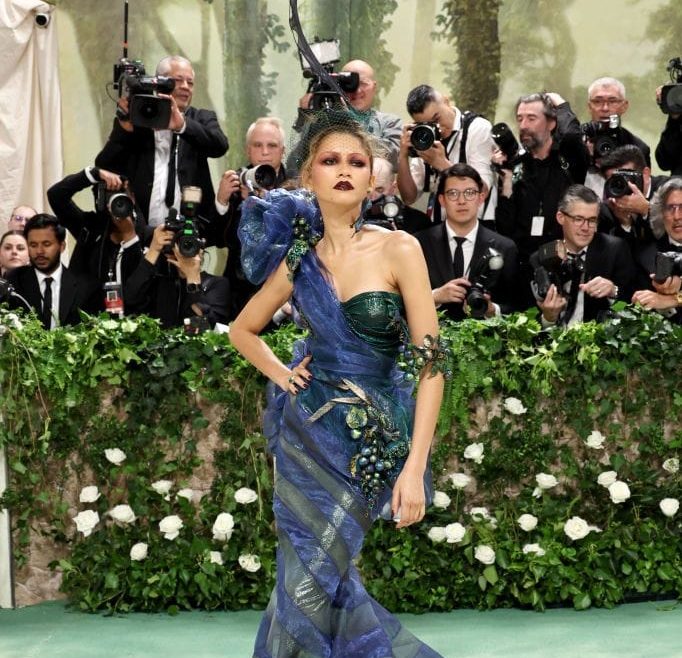
On February 18th 2016, Ralph Lauren wrapped up seven long and glamorous days with two shows, completing the semi-annual New York Fashion Week. The week consisted of over 70 shows, many of which included brand new features in an effort to modernize Fashion Week.
Many designers and labels, including Michael Kors and Nautica, chose to incorporate a “shoppable runway” so that consumers could purchase looks right off the catwalk. Nautica included five looks that were available online just hours after the show.
This isn’t the first time the concept of shoppable runways has been used. In 2014, BCBG Max Azria used Instagram as a tool to sell their looks to consumers after their spring/summer show in New York. Other designers like Burberry and Ralph Lauren have also been utilizing the platform to draw attention to their lines for the past couple of years.
Even so, this concept is relatively new. In a world that is rapidly digitizing, Fashion Week has remained fairly the same since its beginnings in 1943. Efforts from the industry and designers to adapt to a modern world have only been recent. According to fashion historian Kimberly Chrisman-Campbell, “labels are increasingly (and rightfully) questioning the value of traditional, seasonal runway shows in a time of social media.”
Instagram and Snapchat have been key players in the modernization of Fashion Week. This season, designer Wes Gordon forewent the traditional catwalk show to do a stream of his looks on Instagram. The stream also had links to where consumers can buy his featured items. Snapchat has made geofilters for shows, like Nautica’s NYFW:M show.
Premiering his Spring/Summer 2016 line, Tommy Hilfiger reserved a seating area for bloggers, called the “InstaPit.” Refinery29 writers Alexandra Ilyashov and Ana Colon think “we’re bound to see more designers tailoring the Fashion Week experience to accommodate social media coverage as it becomes increasingly more prevalent (and important to their success).”
The need for a shoppable runway is not in spite of social media, but rather because of it. In a report from WWD, designer Diane von Furstenburg acknowledged the “six-month lag between the moment clothing appear in our Instagram feeds and when they hit store shelves.” This lag only “benefit[s] the people who copy runway trends” and thus forces designers to make their looks available immediately following their reveal.
If this trend continues, it could totally change the purpose of Fashion Week, not only in New York, but also in Paris, London and Milan. Instead of showcasing Spring/Summer in the fall and Fall/Winter in the spring, prospective lines would showcase as the season starts.
Shoppable runways and social media are not the only changes that have been made to the traditional Fashion Week structure. Chrisman-Campbell also notes that “major labels” like Saint Laurent Paris have abandoned the conventional tent system for shows and gravitated towards larger, off-site venues. Reasons for this move include the cost of tents and creative control over the show.
Designers like Kanye West and Rebecca Minkoff have also decided to open their shows to the general public and consumers. This is a drastic change from the traditional structure of Fashion Week, under which show attendance was exclusive to designers, editors, celebrities, retail buyers and style bloggers.
The line between consumerism and elite fashion continues to diminish each season as designers increasingly open their shows to a wider audience. When Givenchy opened up their 2016 Spring/Summer NYC show to the public, WWD writer Bridget Foley described the move as something that “could dramatically change the fashion show system for the long haul.”
Chelsea White can be reached at [email protected] and followed on Twitter @trendychelsea.


















